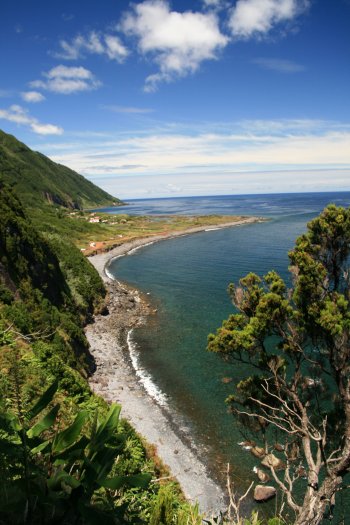Explore the best places
Outdoor activities in Calheta de São Jorge
Fajã do Além
- heritage
Fajã do Além
9875-027, Topo
Access to this fajã, located between Fajã de São João and Fajã do Ginjal, is via a narrow path, where you can enjoy fantastic views. However, this route is only accessible on foot, by donkey, or on horseback. The several houses here are now inhabited only on weekends. The land is used for agricultural purposes, primarily for growing yams and vineyards.
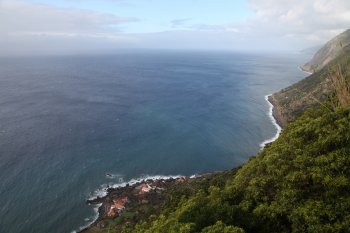
Fajã das Fonduras
- heritage
Fajã das Fonduras
9850, Calheta
A small fajã located between Fajã da Ponta Grossa or Fajã do Mero and Fajã da Abelheira. It is almost completely abandoned, except for the inhabitants of Norte Pequeno, who come here to graze their cattle and cultivate the land. There are many springs, and it is known that an old watermill once stood here. Access is on foot, via a shortcut that begins in Norte Pequeno, or by car, descending the Fajã da Penedia path to Canto da Abelheira, then continuing on foot.
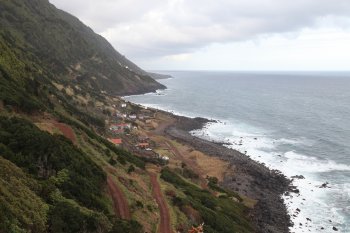
Fajã dos Cubres
- heritage
Fajã dos Cubres
9850-211, Calheta
With a curious name, derived from a plant with small yellow flowers, Fajã dos Cubres, also known as Fajã de Nossa Senhora de Lourdes, is one of the most beautiful and exotic fajãs on the island. The lagoon with the same name is a must-see. It's where fishermen collect shrimp for grouper fishing.
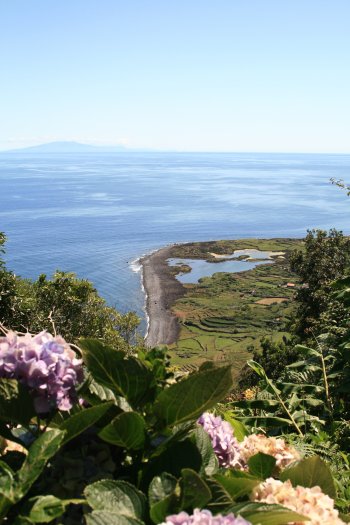
Fajã de São João
- heritage
Fajã de São João
9875-027, Topo
Accessible by car almost to its end, Fajã de São João, the largest fajã on the southern coast of the municipality of Calheta, is a must-see for anyone seeking tranquility in landscapes of rare beauty. It is also known as a summer resort for some of the island's wealthy families. Its steep location is sometimes synonymous with tragedy, and the fajã's population has suffered a number of setbacks, from pirate raids to natural disasters.
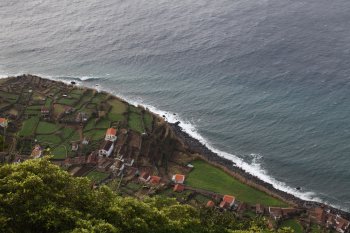
Fajã da Caldeira do Santo Cristo
- heritage
Fajã da Caldeira de Santo Cristo
9850-205, Calheta
Of all the fajãs – fertile places due to the microclimate created by their rugged location – Fajã da Caldeira do Santo Cristo is probably the most famous. This is primarily due to the fact that it is the only place in the Azores where clams can be found. It also includes a lagoon and an underwater cave. Surfers also know it as one of the best places to practice the sport. Access is on foot or by motorcycle, via two nature trails.

Fajã dos Vimes
- heritage
Fajã dos Vimes
9850-213, Calheta
With jagged cliffs, like most of the fajãs on São Jorge Island, the residents of Fajã dos Vimes have endured numerous misfortunes. The most serious of all occurred during the 1757 earthquake, which completely destroyed the fajã, which was later rebuilt. Tourists and nature lovers will be thrilled to see the fajã's traditional houses and experience this sometimes tragic harmony between man and nature.
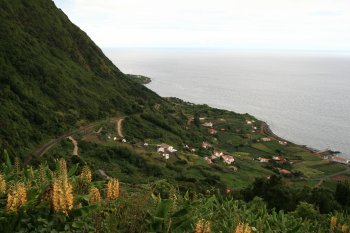
Trilho Pedestre Serra do Topo - Fajã dos Vimes (PR2)
- country
Fajã dos Vimes
9850-213, Calheta
Route for a Woods very rich in endemic vegetation, where we can find cedros-do-mato, uva-da-serra, Heathers and puff pastry. Arriving at the Fajã dos Vimes, found a workshop where they still make handmade quilts. The trail ends a little ahead, more specifically in the recreational portinho da Fajã.
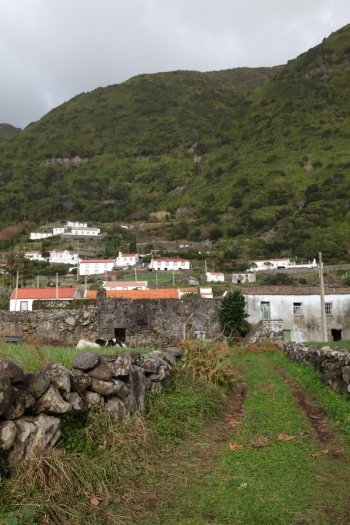
Trilho do Norte Pequeno (PRC6)
- country
Canada da Fajã do Mero
9850-125, Calheta
Small circular route that begins and ends in the parish of Norte Pequeno, passing by the Fajãs of Mere, Crags and Tips. Starting at dairy Cooperative of Norte Pequeno, follows then along the village toward the sea. Be sure to enjoy the beautiful panoramas.

Fajã Grande
- heritage
Fajã Grande
9850-070, Calheta
Also known as Fajã de Vicente Days, this fajã has a number of very high permanent inhabitants. Since many fishermen here have always existed, and there is even a fishing harbour, at the tip of Vicente Days. Access, unlike most of the fajãs, is very good, being the asphalted path.
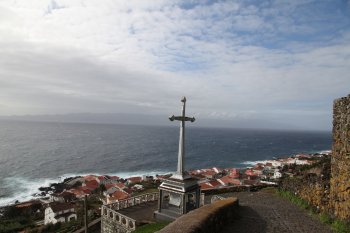
Trilho Pedestre Fajã da Caldeira do Santo Cristo - Fajã dos Cubres (PR1)
- heritage
Fajã dos Cubres
9850-211, Calheta
This trail begins at the Windfarm of serra do Topo, descends to the Boiler from above and then to the Caldeira de Santo Cristo, place of great cultural and scenic interest. Ends in Fajã dos Cubres. Be sure to observe the SWR to transport firewood.
